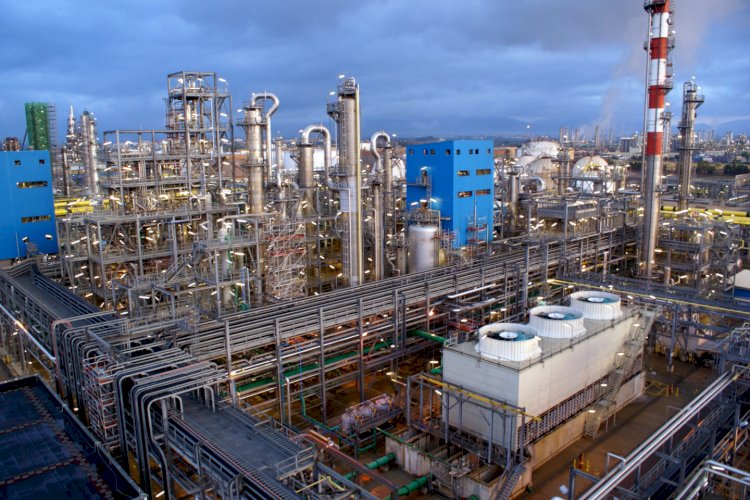New Dow Ethylene Unit will be a First Carbon-Free Chemical Plant
The cracker will be built at the company's site in Fort Saskatchewan, Alberta will have a capacity of 1.8 million metric tonnes of ethylene per year when it begins in 2027

Dow plans to build the first carbon-captured ethylene cracker in the chemical sector, resulting in net-zero carbon emissions.
The cracker will be built at the company's site in Fort Saskatchewan, Alberta will have a capacity of 1.8 million metric tonnes of ethylene per year when it begins in 2027. Dow states that by 2029, the entire site will be carbon-captured. The firm's petrochemical capacity in Alberta will be zero- and low-carbon for a total of 2.5 million tonnes. According to Dow, this measure alone will decarbonize 20% of the company's global ethylene capacity. Dow also intends to triple the site's polyethylene capacity during this time.
The cracker will be based on Dow's recently finished ethylene cracker in Freeport, Texas, which, even without carbon capture, has a 65 percent lower carbon dioxide footprint than any of the firm's other crackers, according to the company.
However, the new project's focus will be an autothermal reformer, which will transform cracking furnace off-gases like methane into hydrogen, which will heat both the new and existing crackers in Alberta. The primary source of carbon emissions in petrochemical production is the heating of conventional crackers with fossil fuels.
Dow will transfer the CO2 produced during hydrogen production to the Alberta Carbon Trunk Line, which delivers the greenhouse gas to oil fields for increased oil recovery and eventually sequestration.
The fertilizer company Nutrien, which transports CO2 generated during ammonia production, is one of the current supplies for the Alberta Carbon Trunk Line. The line will be used by Air Products & Chemicals for CO2 generated during future hydrogen generation.




























